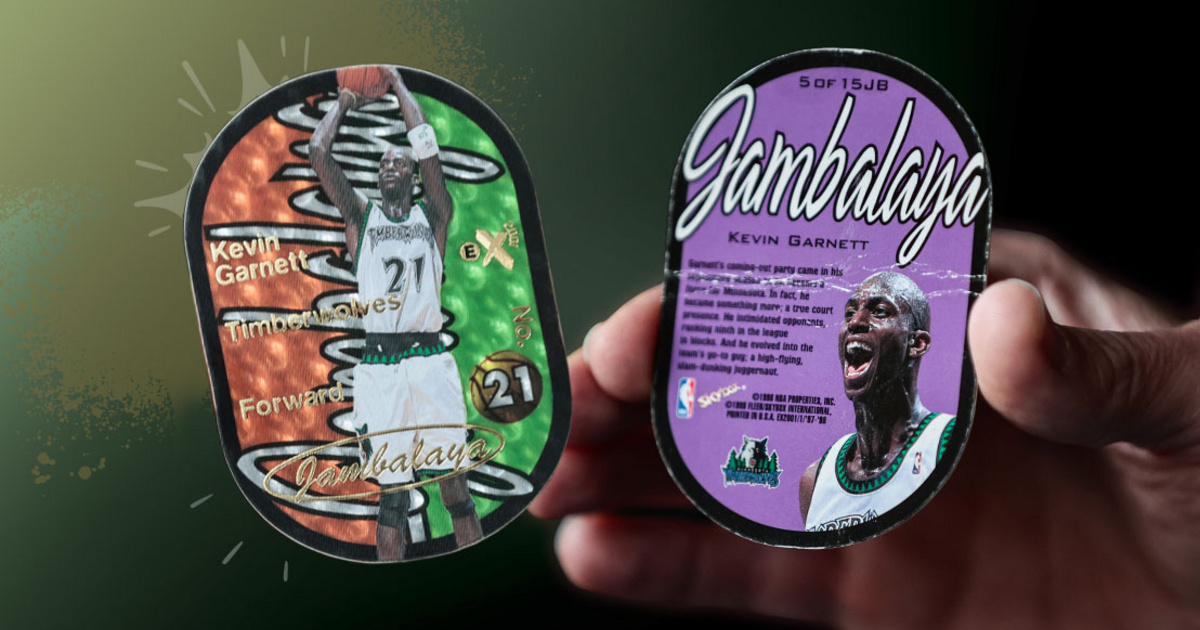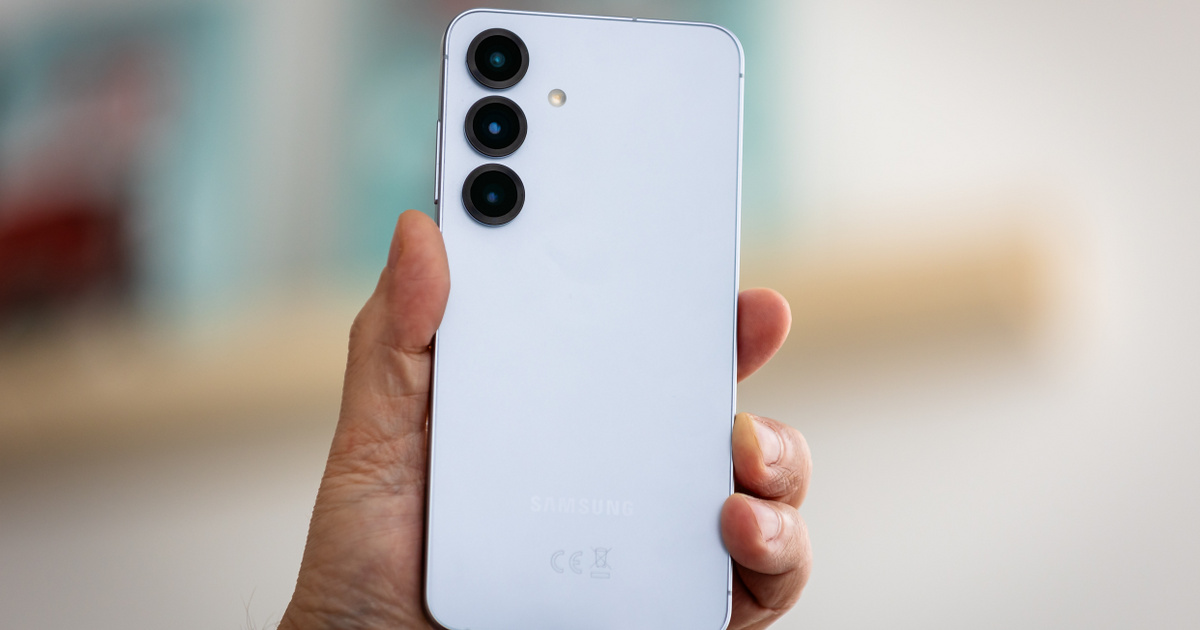A few years ago, permanent change of eye color was just a dream, because experiments were carried out, but artificial iris implantation caused glaucoma in many patients. New Color Iris and then BrightOcular were the practice of placing silicone implants on a healthy iris, but by then they were banned in most EU countries because they damaged the fragile and complex cornea.
More than half of the patients who underwent this procedure developed serious complications. In 2018, Argentine model Nadine Bruna said that she had the transplant because she wanted to change the color of her eyes from brown to grey, but her life became a nightmare. His vision became blurry, his pupils could no longer adjust to light, and his eyes became sensitive to light. His visual impairment turned out to be permanent, and he had to undergo a corneal transplant.
Brown can easily turn blue
One of the early actions is corneal depigmentation Its essenceTo remove melanin, the pigment that gives eye color, but it was not 100 percent successful. Increases the risk of glaucoma. In 2013, ophthalmologists developed another, more reliable technique, and corneal depigmentation was born. It is inspired by a method used for patients who do not have an iris and suffer from poor vision, blindness or sensitivity to light. It has been completed with laser, in which a tunnel is created inside the cornea in the patient's eye, and the eye color is then changed to the desired color by introducing a pigment. The intervention is performed only on the surface of the eye, so there are no bleeding, complications, deeper infections and glaucoma. The procedure takes 35 to 40 minutes for each eye, during which the eye color can be changed permanently, which is good news, especially if we know the supernatural power that blue eyes have. But the procedure can be reversed and changed.
Currently, access to biocompatible dyes is a barrier, with only a few colors approved by doctors. Using leather dyes can also be helpful, but dyes often react with light, so oxidation can occur. This can cause discolouration over time and make the final eye color unpredictable.
MI has become an eye healer
The new news is that artificial intelligence has come to our aid again. Algorithms developed To treat diabetic retinopathy (DR), eye deterioration in people with type 1 or type 2 diabetes. Complications of diabetes all over the world The leading causes of blindness among working-age adults.
There are currently 537 million adults with diabetes, and this number is expected to rise to 643 million by 2030. However, implementing large-scale systematic DR screening programs is difficult in poor countries.
The AI-powered procedure uses a hand-held retinal camera to take images of the retina, then transmits the images to a central database where they are evaluated. Results are made available to patients online and at screening sites. Developed by a collaborative research group, AutoML enables accurate and inexpensive evaluation of multiple images as if humans were preparing the reports.
AutoML allows developing algorithms without code at minimal cost even for people who do not have extensive knowledge of computer programming languages. Using AutoML models for DR screening can eliminate discrepancies in retinal vessel supply by providing faster evaluation of retinal images at the point of supply. In addition, thanks to the quick assessment, you can issue an immediate referral.

Once again, 150 new and exciting topics with amazing answers













































